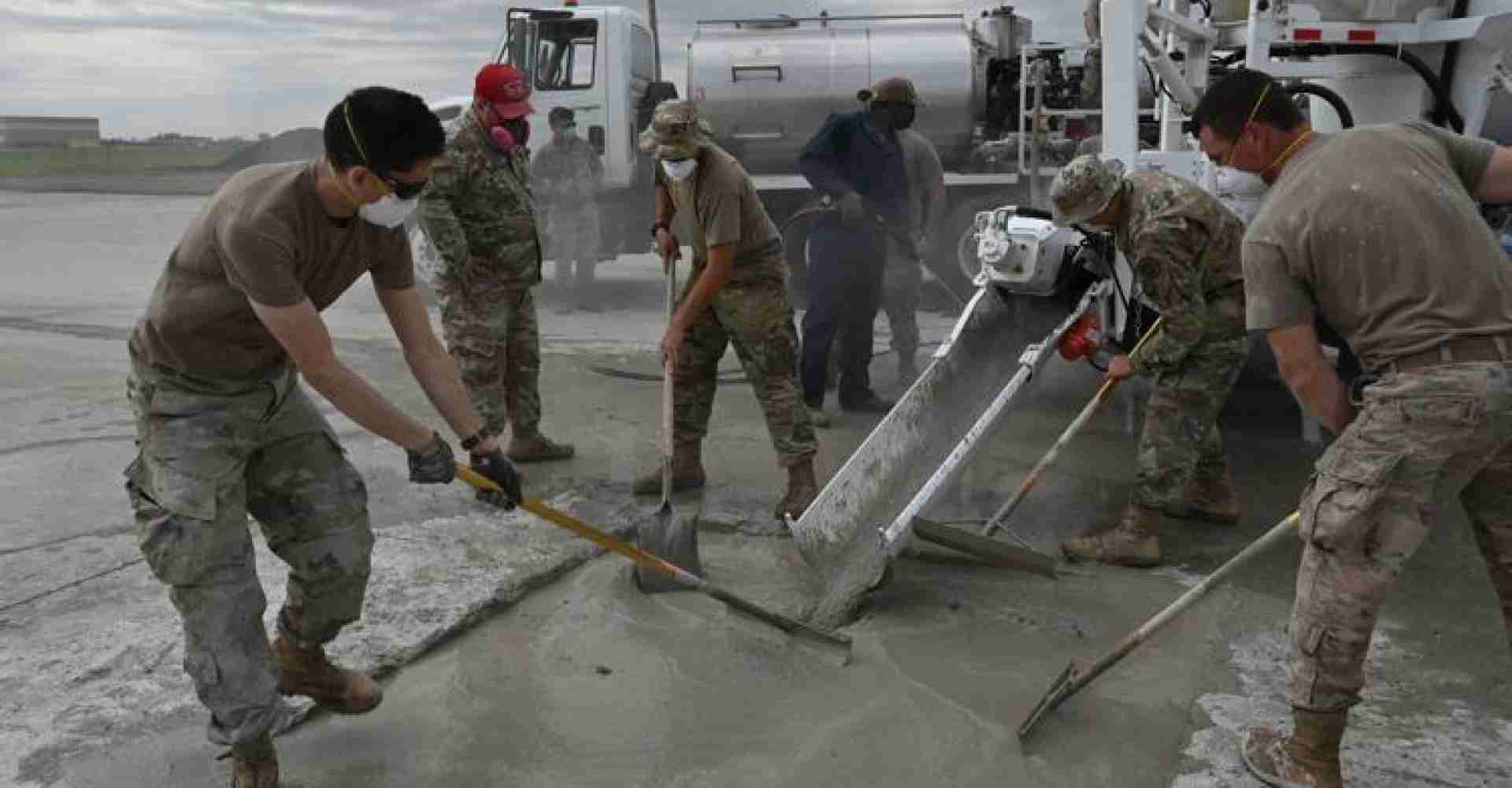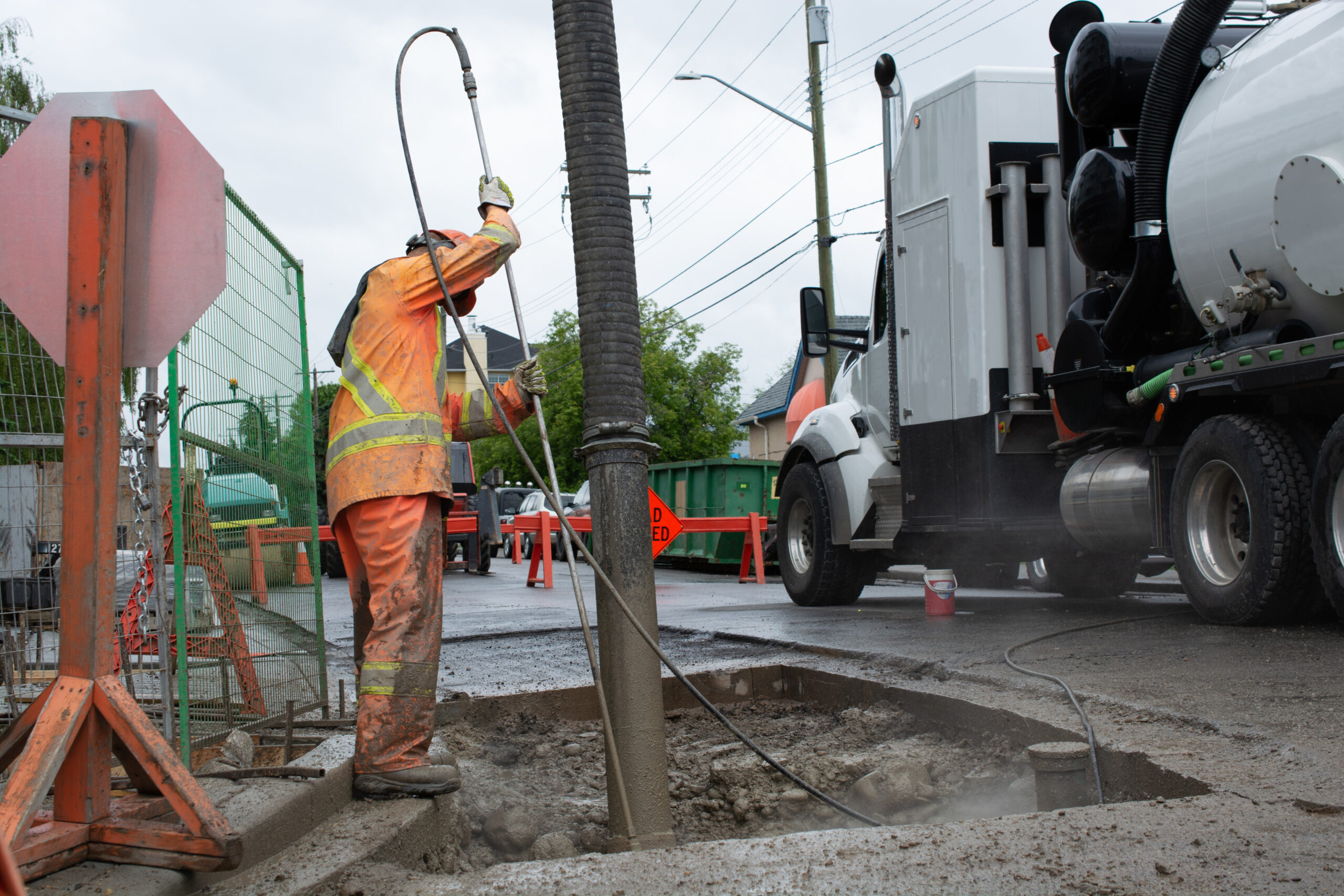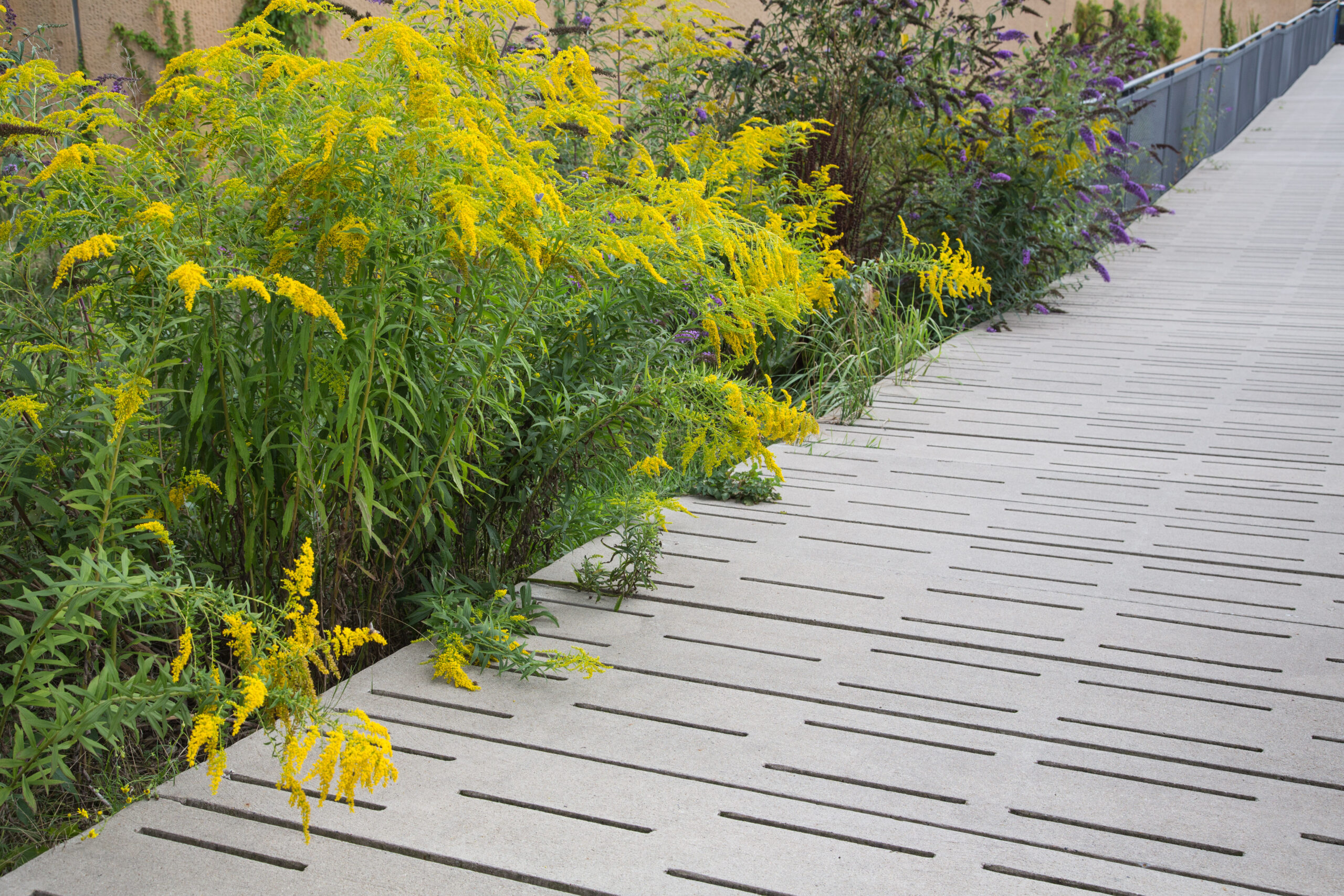
HOW THE US ARMY USES VOLUMETRIC MIXERS FOR RAPID AIRFIELD DAMAGE RECOVERY (RADR)
USING VOLUMETRIC MIXERS FOR RAPID AIRFIELD DAMAGE RECOVERY
Volumetric concrete mixers excel in situations when concrete is needed on demand in remote locations. Airfields are one of the more extreme locations in which mobile mixers are used by the United States forces. The mixers’ flexibility means that damage can be repaired quickly, and downtime minimized.
HOW RAPID AIRFIELD DAMAGE RECOVERY (RADR) WORKS
Over the past weeks, it has been impossible to escape news stories about military operations. To keep civilians safe, facilities like airfields must be maintained regularly so they remain safe for take-offs and landings.
Airfields suffer from wear and tear like road surfaces. However, where vehicles may be able to swerve to avoid hitting deeper holes, planes taking off and landing are not that flexible. They require a safe, smooth airfield.
In peacetime and on home bases, it is possible to monitor damage and schedule maintenance in advance. However, during combat operations, this is not possible. In case of a major attack on an airfield, airmen and other military staff need to be able to repair airfields quickly and efficiently. This is where RADR is essential.
Repairing craters caused by enemy fire on runways and airstrips is strategically important and time-sensitive. Processes like RADR allow the U.S. Air Force and its partner forces to train different military grades in handling repairs.
Following an attack, the process would follow a predetermined set of steps. Before RADR teams can move in and fill craters, Explosive Ordnance Disposal (EOD) teams need to remove any unexploded ordnances. EOD specialists are usually the first people on a damaged airfield. They do not only look for explosives but also assess the minimum length of airstrip required for the base to remain operational.
Once any unexploded material has been removed, the environment is safe enough for RADR teams to move in. RADR teams tend to follow a six-step process and create an assembly line to fill craters. The process ends with a concrete cap in place, leaving Air Force personnel with a usable runway.
WHY SIMPLICITY MATTERS
Access to specialist personnel may be simple on a base within the continental United States. However, when stationed abroad or on deployment, few Air Force bases will have that luxury.
RADR training was developed specifically to allow Airmen to carry out repairs regardless of their assigned career field. The goal is to pass on the training and knowledge military personnel require when they need to get airfields back in the fight.
In those cases, speed is essential. Delays need to be minimized, especially when there are few alternatives to a given airfield. In addition, Airmen cannot rely on having access to specialist tools or materials when they are deployed far from home.
HOW VOLUMETRIC MIXERS HELP WITH RADR PROCEDURES
Volumetric concrete mixers like the range of ProAll Reimer mixers are the perfect tool for RADR procedures. Civilian contractors value mobile mixers for their versatility, and the same characteristic makes them a perfect choice for military repairs.
Volumetric mixers allow operators to mix concrete on site. They come equipped with bins for cement and aggregates as well as a water tank. That means RADR teams have all materials they need ready on the back of one truck.
They can start pouring concrete as soon as unexploded ordnance has been removed and any other preparations are complete. Volumetric mixers put an end to waiting for a Readymix truck to arrive or having to start mixing concrete by hand.
REMOTE LOCATIONS
Volumetric concrete mixers come into their own in remote locations, where access to a batch plant is hours away if not more. By keeping a mobile mixer stocked with cement, aggregates, and water military personnel can ensure that they have everything required to repair airfields on the spot.
Raw materials like cement and aggregates are also often easier to find than a mixer truck. Mixing by hand may theoretically be an option, but this can turn into an unsafe option. If an airfield has been hit in several places or large ordnance was used, hand mixing simply takes too long. It leaves personnel exposed to further attacks whilst the airfield remains out of bounds for take-offs and landings.
Equally, dispatching a Readymix truck filled with high-quality concrete into a remote location is challenging under the best of circumstances. Delays on the road compromise the quality of the concrete and may even render it unusable. At the same time, on deployment in war zones, it is impossible to guarantee a concrete truck will arrive. Keeping a fully-stocked volumetric mixer on site ensures that repairs can be carried out when they are needed.
FLEXIBILITY IS KEY
Using a volumetric concrete mixer allows operators to adjust the mix easily without wasting time or materials. All ProAll Reimer mixers are fitted with the Commander control center. Setting the ratio of cement to water, for example, is easily done via a touchpad.
Operators can adjust the specific mix to their requirements. For many RADR projects, time is critical. Airstrips need to be back in operation as soon as possible. Depending on the geographic location, fast-setting concrete can be a better option compared to a standard mix.
Reduced waste is another advantage of volumetric concrete mixers. Concrete pours start and finish on demand. There is no need to throw out concrete that was not used. As a result, full cement and aggregate bins are being utilized in the most efficient way possible. Deployed forces not only benefit from cost savings. They can also minimize the frequency with which their mobile mixer needs to be restocked, putting less pressure on their supply chain.
INTUITIVE USE
Military personnel is trained in countless specialist fields, but having fully trained and experienced construction contractors on site is impossible on most deployments. It would be logistically impossible to ensure adequate coverage, especially in remote locations and warzones. However, those are the locations where timely repairs matter most.
Volumetric concrete mixers are a great choice because they can be operated successfully with relatively limited training. Rather than requiring a large volume of specialist skills, they fit seamlessly into RADR operations.
Saying that training is essential for RADR operations. The United States Air Force currently offers RADR training programs in the continental United States and also operates training centers at Andersen Air Force Base in Guam and Rammstein Air Base in Germany. In the continental U.S. especially, training locations are being added to ensure a wider range of personnel knows what to do after an airfield attack.
The RADR program is modeled on an assembly line process. Like outstanding teamwork, together these steps achieve more than they would individually. The assembly line process simplifies training requirements. Rather than spending weeks learning the entire process, personnel can be trained within hours (or days) to perform one or more steps competently.
This approach not only limits the Air Force’s reliance on specific individuals. It has also been essential in the successful integration of RADR with other services and countries.
Whilst limited training in individual steps of the process is often sufficient, military experts recognize the importance of training. Without understanding the RADR process and having had a chance to practice its individual parts, personnel may have been placed in situations they could not handle.
Volumetric concrete mixers complement this approach even further. Operators can be trained quickly and efficiently, and the mobile mixer simply becomes one more step within the process. The more personnel understand how to use the equipment, the more versatile the unit becomes.
CONCLUSION
Repairing damaged airfields is essential in war zones and other combat situations. Procedures that work well in peacetime and on home territory are rarely suited to these challenging environments. They often require specialist equipment, procedures, and trained personnel.
The United States Air Force developed its RADR program specifically to address these concerns and ensure airstrips and runways can be repaired quickly following an airfield attack. Filling craters and smoothing runways are essential to allow aircraft to take off and land safely.
The assembly-line type process allows airmen from all career fields to participate in the repair process. It minimizes downtime and ensures the airfield is operational again as quickly as possible.
Volumetric mixers complement this approach perfectly. Their versatility makes them the equipment of choice in remote locations. The advantages that mobile mixers bring to civilian construction projects apply equally in combat scenarios. They facilitate repairs on demand and can be operated safely even with a limited amount of training. There is no better tool to help complete this essential work.


